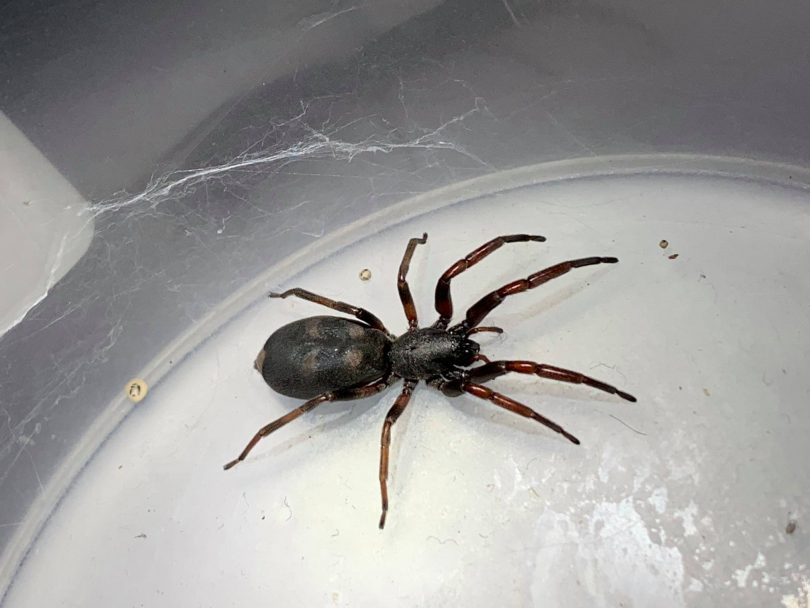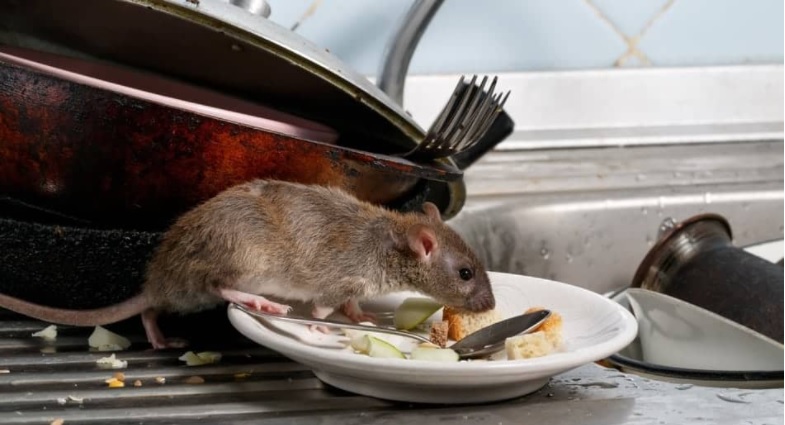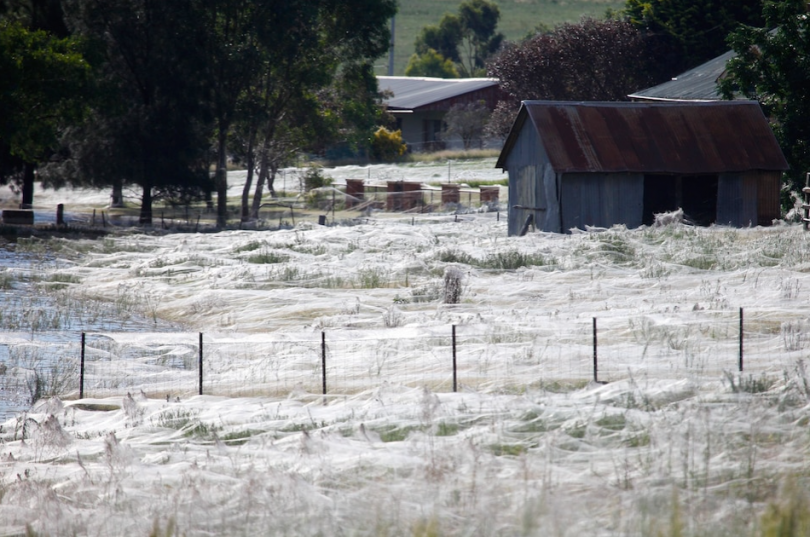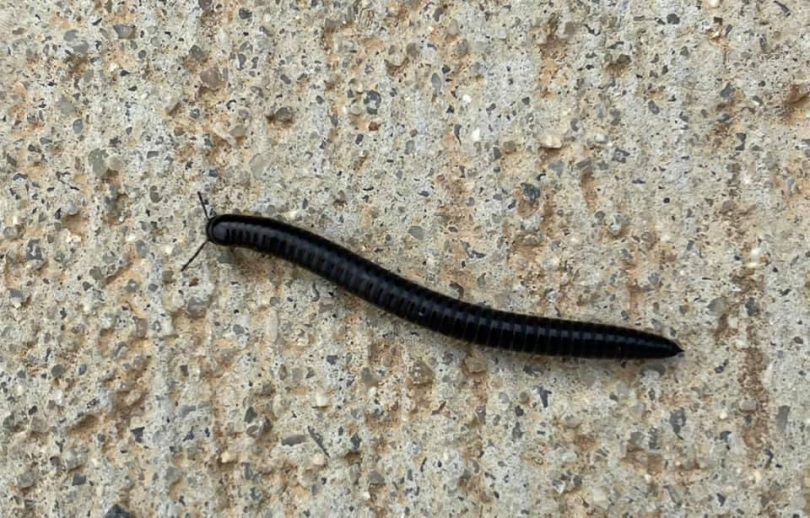
White-tailed spiders hunt black house spiders, so if you have a problem with black house spiders, white tails aren’t far away. Photo: Ben Shoard.
There are more dark sides to Canberra’s notably wet summer on their way. A plague of pests are now looking for a new home and yours is looking mighty tempting.
Last year, there were literal mountains of rodents and paddocks of cobwebs across Australia and the bad news is that as winter sets in, many of them are coming back.
Canberra business Quality One Pest Control has had a busy few months desperately trying to keep on top of pest numbers at commercial and residential properties throughout the ACT, and rats and mice are taking the cake.

More and more rodents are seeking a place to stay after being flushed out of their homes. Photo: File.
Owner Michael Devries said the recent wet weather has not only provided an abundant source of food, but also flushed rats and mice out of their holes in the ground, and as cold and frosty nights return, they’ll all start finding their way into the warm and cosy homes of humans.
“Last winter, we copped it with a big increase in the number of rats and mice,” he said.
“You could go into the roof during the day, lift the insulation and see them all scurry away. Then there was one job in Gordon in Canberra’s south where we were talking to the owner at 11 in the morning and we could hear them all running around in the roof.”
Michael said they’re already beginning to see another massive spike in rodent numbers.
“I saw a massive rat when we were in a roof recently, it was the size of a baby possum. They are pretty big at the moment, just because there’s that much feed for them.”
Female rats can birth a 10-strong litter every 20 days, while mice are even more prolific. As we saw during last year’s plague, numbers can explode within no time.
“Then when it gets cold and rainy, they all come inside,” Michael said.

Spiderwebs blanketing paddocks near Wagga Wagga in May 2021. Photo: National Geographic/Lukas Coch.
The past few months have also seen an increase in the poisonous white-tail spider.
“White-tail spiders hunt black-house spiders,” Michael said.
“When you have a problem with black house spiders on your property, hiding inside around the window frames to stay out of the wet, you’re going to attract white-tails because of that food source. It’s the circle of life.”
The only reprieve is that the Portuguese millipede has taken more of a back seat this year.
Last year, hundreds of people were sharing images of millipedes in their homes across Canberra and the NSW South Coast, Southern Tablelands and Central West.
“Millipedes live in the soil, but when it rains – as it does nearly every afternoon at the moment – they get flushed out of the ground. They are attracted to light, which is why they end up in people’s homes, especially around the door frames.”
Michael says there are fewer millipedes than last year, but “they’re definitely still around”.

The Portuguese millipede was introduced to Australia and has become an invasive pest. Photo: Supplied.
Associate professor and entomologist at the University of Sydney Dr Tanya Latty has a particular interest in insect behaviour and ecology and told Region Media last year the Portuguese millipede was accidentally introduced into Australia and has become an invasive pest.
“Millipedes like moist environments so the rain gives them that breeding habitat,” she said.
“They also feed on decaying matter, so if you’ve got a nice, humid environment, you’re going to have more millipede food around.”
Apart from being in places it shouldn’t, Dr Latty said the millipede is harmless and should not be confused with the centipede.
“Centipedes can be venomous and deliver a nasty bite, whereas millipedes won’t sting or bite. Their main defence is to secrete a nasty chemical compound, which can be irritating, but it’s not the same as a centipede envenomating someone.”
The typical breeding season lasts one to two months, and numbers should die down as colder weather moves in, but the future is hard to predict.
Michael described millipedes as a “pain in the arse” to get rid of.
“Spraying them with chemicals is really the only way, but another solution would be to minimise the number of pot plants and soil beds around your home.”














